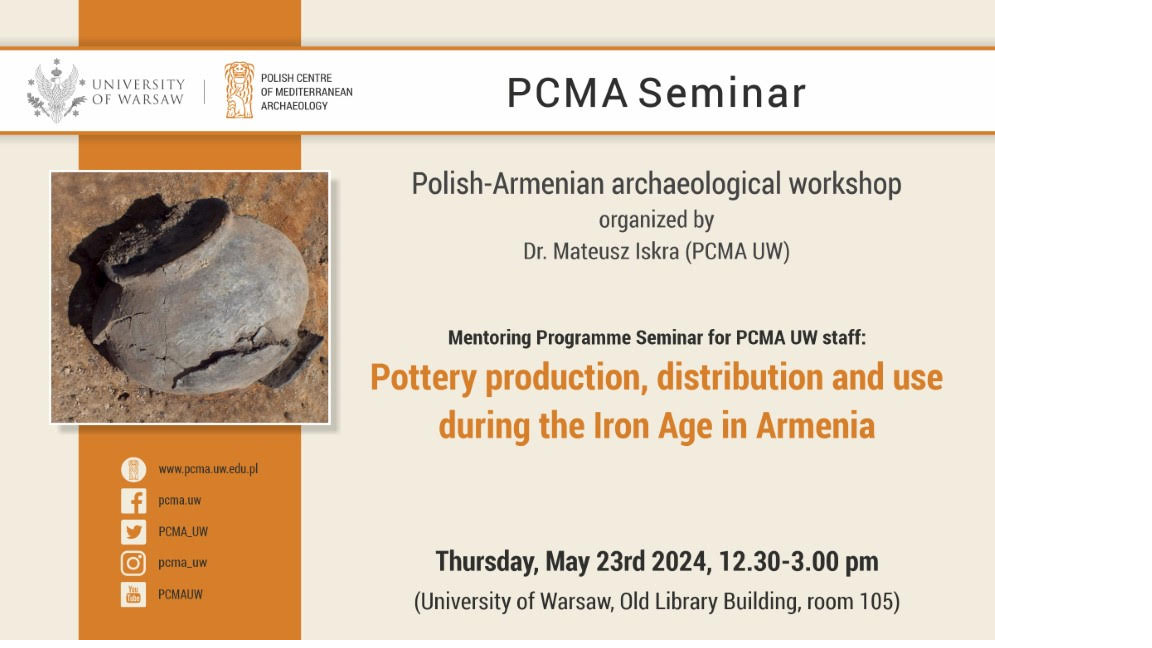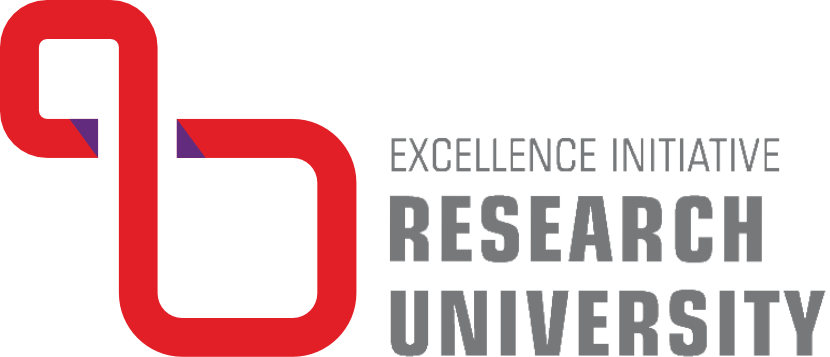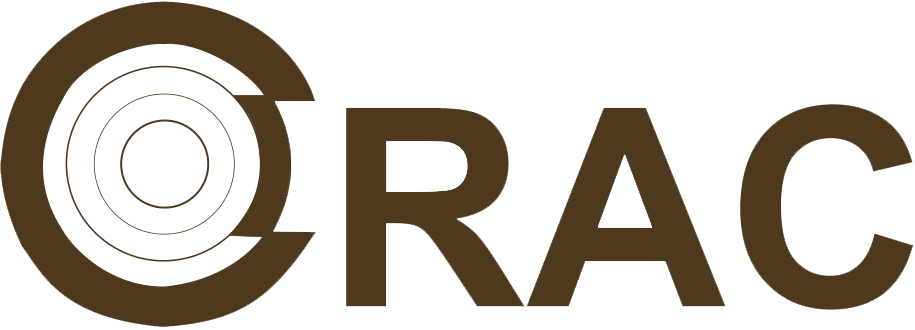Workshop “Pottery production, distribution and use during the Iron Age in Armenia”

Polish-Armenian workshop “Pottery production, distribution and use during the Iron Age in Armenia”, will be held on Thursday, May 23rd in the Old University Library Building in room 105 from 12:30 to 3 p.m. The workshop is organised by Mateusz Iskra (Department of Middle East Studies PCMA UW).
From the perspective of ceramic studies conducted in the Republic of Armenia, the Iron Age (12th-4th century BCE) is considered the most crucial period in the history of local pottery making. The internal division into Early, Middle and Late Iron Age reflects dynamic changes in the local ceramic tradition. The Early Iron Age (12th-9th century BCE) is marked by a full development of indigenous black burnished pottery (Etiuni ware). In the Middle Iron Age (8th-6th century BCE), with the expansion of the Urartian Kingdom, a new ceramic tradition (Urartian Red Burnished Ware) was introduced alongside innovations in technology and organisation of pottery production. The gradual intermingling of Etiuni and Urartian ceramic traditions eventually led to a new ceramic assemblage in the Late Iron Age (6th-4th century BCE).
The program and abstracts can be found here.
Before the workshop, at 11 a.m. Roman Hovsepyan will deliver a lecture Overview of agriculture and food consumption in the South Caucasus during prehistory (Neolithic–Iron Age periods, 7th–1st millennia BC.

